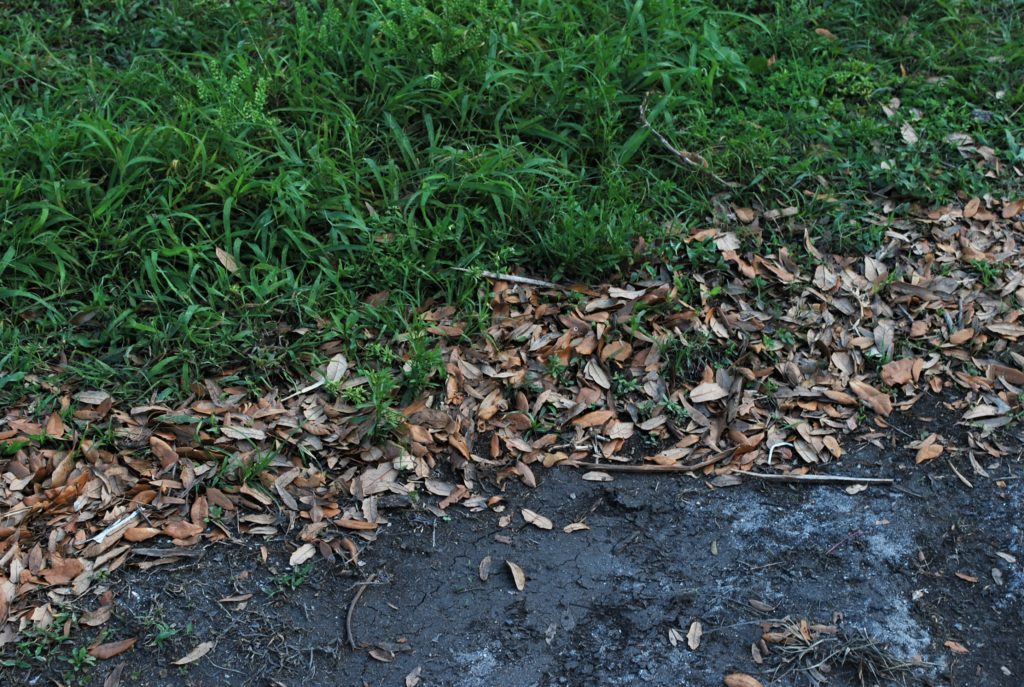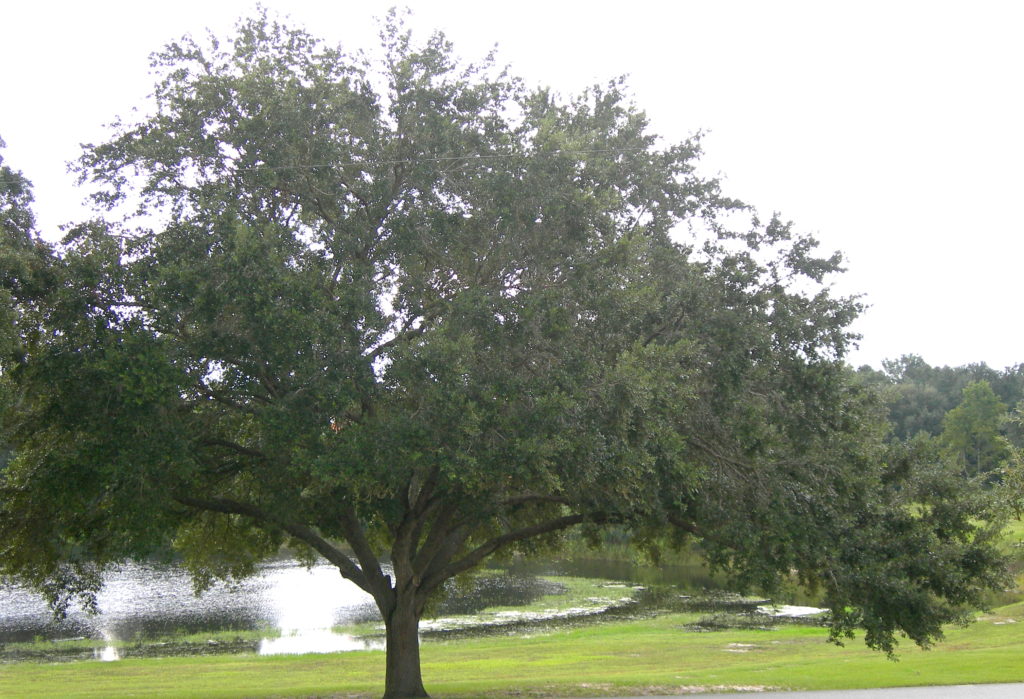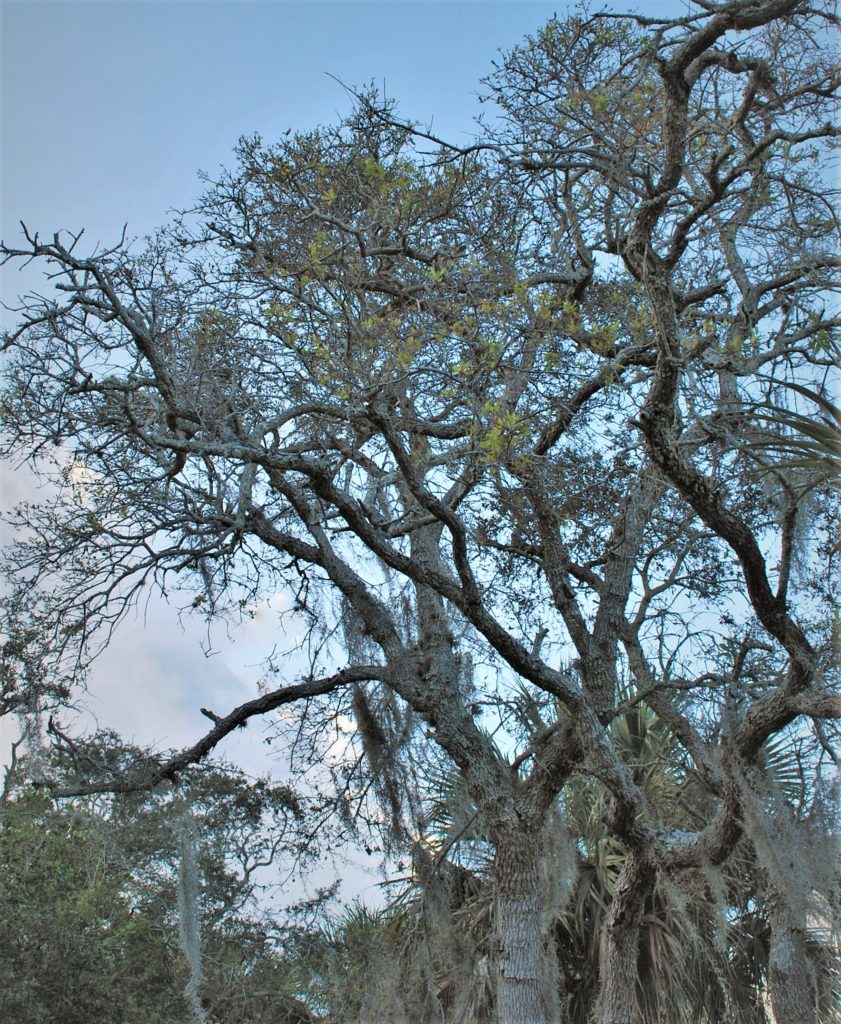
Dear Carol,
The drought has caused our giant oak trees to shed a ton of leaves; how should we handle this? Rake them up or just shred with the mower? There’s very little grass under the oaks as it is; it’s mostly sand.
Rita
Sebastian, FL
It is oak season; most of them are blooming profusely, adding to the pollen load in the air and aggravating folk’s allergies. Also, many oaks are losing their leaves. Some years the trees drop many leaves, and other years only a few are lost. Two oaks native to the Southeastern U.S. and widespread in the landscape, live and laurel oaks, are semi-deciduous species.
Semi-deciduous trees often drop their leaves just as growth begins. This growth pattern is prevalent in tropical and sub-tropical trees and shrubs, and the leaf drop is often triggered by changing climatic conditions such as increasing day length and dry weather.
The fallen leaves are a boon to landscapers and gardeners; oak leaves make great mulch. They are clean, break down quickly, and provide all the benefits of organic mulches; they moderate soil temperatures, suppress weeds, conserve moisture, and add nutrients to the soil as they decompose.
One of the best things organic mulches, such as oak leaves, do is recycle nutrients and organic matter back into the soil. Gardens created on sandy soil are low in organic matter content. An essential part of the soil, organic matter primarily comes from plant and animal residues. It supplies and holds nutrients for growing plants, stabilizes soil pH, provides food to vital soil microorganisms, and holds water.
I recommend collecting the fallen oak leaves and using them to mulch the area under the canopy of the oak trees. This solves several issues. It removes the leaves from the turf; it’s okay to mow a few leaves, but a large number on the lawn to be chopped by mowing will not decompose quickly and can contribute to the formation of thatch.
Arborists often suggest the area under the canopy of large trees be left alone – no other plants installed, to protect the root systems of the valuable trees. The sandy soil mentioned under the tree and common to all our landscapes benefit from the oak leaf mulch. Accumulating a thick, 3 – 4-inch layer of oak leaves under the tree also protects the roots, reuses the leaves as mulch, and adds nutrients to the soil. It’s a good thing, Collect oak leaves and recycle them as mulch.
This column first appeared in the Treasure Coast Newspapers.


Leave a Reply